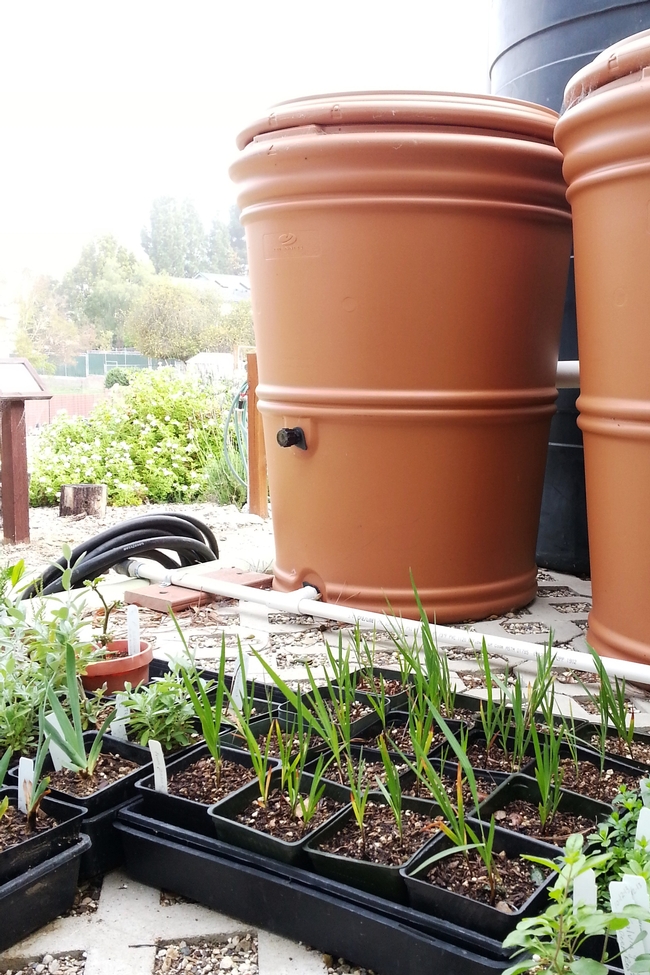Saving Garden Water In April
By Lee Oliphant Master Gardener
Q. March rains brought my garden to life. Other than the usual cleanup and weeding, what needs to be done this season of the year? Nancy W., Cambria
This year will be challenging for gardeners. It appears that water restrictions will continue throughout the county as we progress through our third year of drought. Planting will take a back seat for most of us. Keeping our existing plants alive will become a priority. Many of us live in communities that have mandatory restrictions on outdoor irrigation. Gardeners are becoming remarkably creative in finding ways to obtain, transport, store, and utilize non-potable water for landscapes.
If you're planning on adding new plants, choose Mediterranean plants that require little summer water once established. Remember, even drought-tolerant plants need some summer water until they become established. If you must add colorful plants to satisfy your summer need for vibrant color, consider Gaillardia (blanket flower), Rudbekia (coneflower), penstemon, yarrow, agastache, perennial geranium, daylilies, lavender, red-hot-poker, Russian sage, and lavender. These plants can survive years of drought with minimum supplemental water.
There are veggies that are considered drought tolerant. Many common varieties of zucchini, kale, and believe it or not, tomatoes need little water to produce. Herbs such as sage, rosemary, hyssop, lavender, oregano, and thyme are also drought-tolerant.
Tips for drought tolerant vegetable gardening:
- Plant vegetables early this year. Choose plants that grow in cool weather. Summer plants take more water. Plant chard, kale, and arugula now.
- Plant drought tolerant varieties like ‘Dark Star' zucchini and stupice tomatoes.
- Double the depth of beds so that roots will be able to reach down where the soil is moist.
- Dig in more than the usual amount of compost to hold water.
- Remember to mulch the soil as you would your landscape, to a depth of 3-4”.
The drought will test our determination to continue our love affair with our gardens. Continued success in gardening will depend on our willingness to research and experiment with “water with less” approaches in California.
Find more drought information resources online at http://cesanluisobispo.ucanr.edu/
